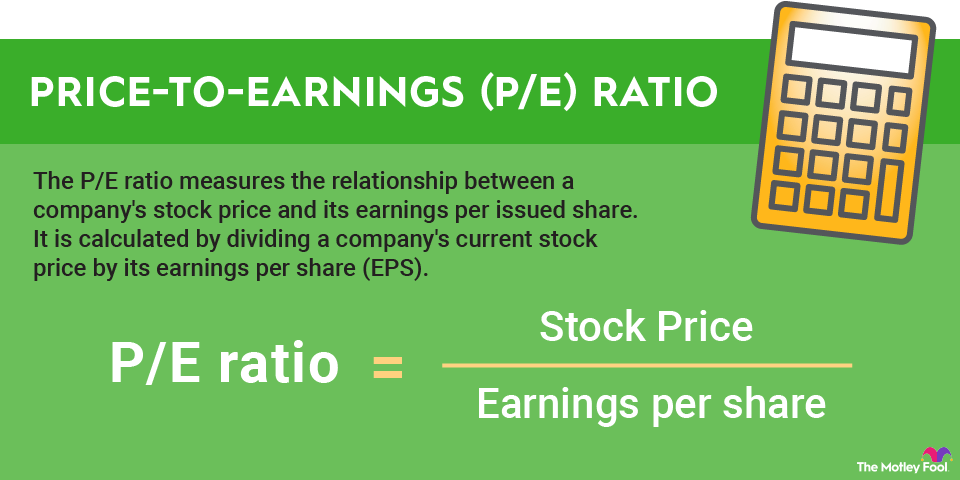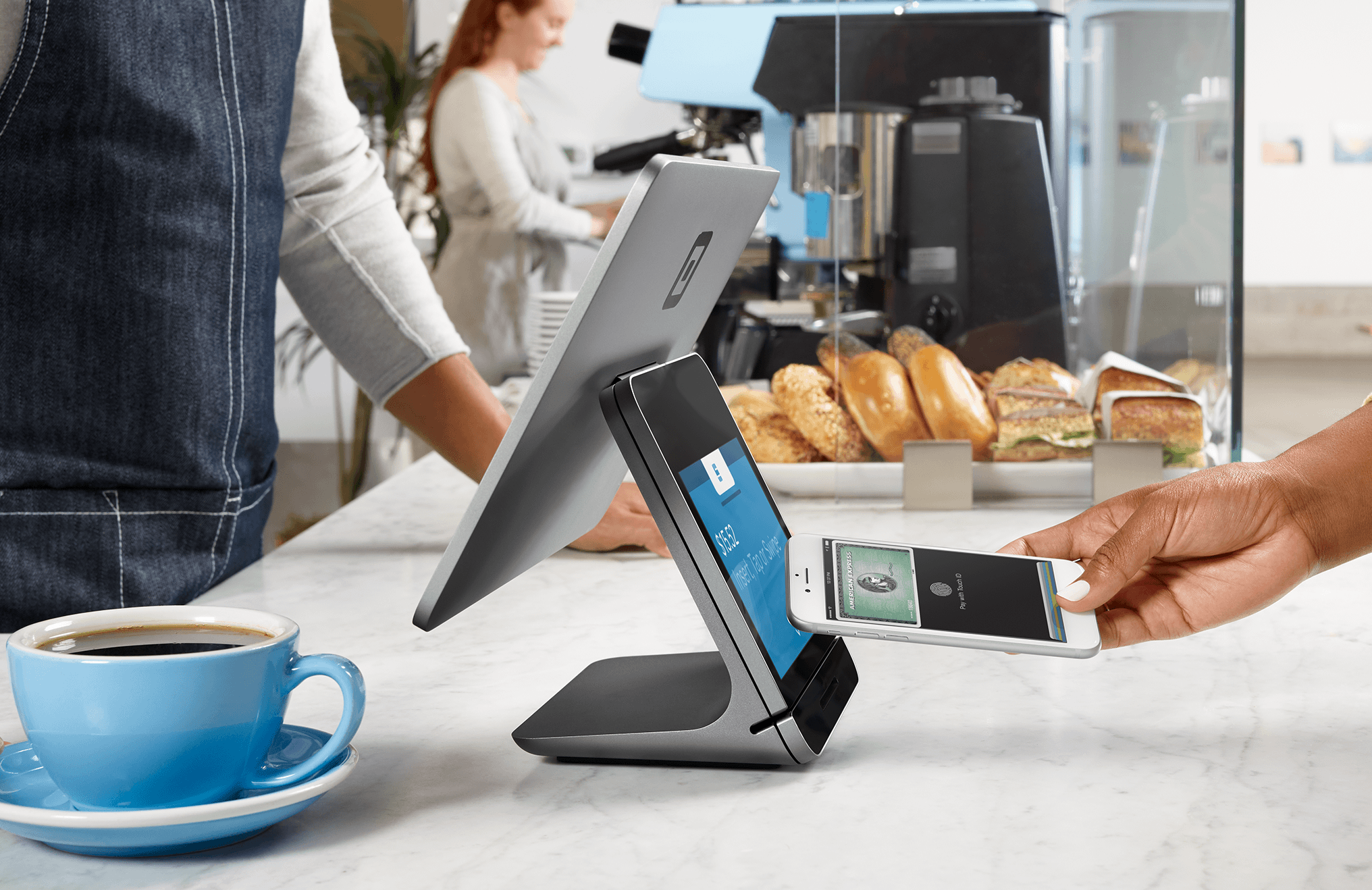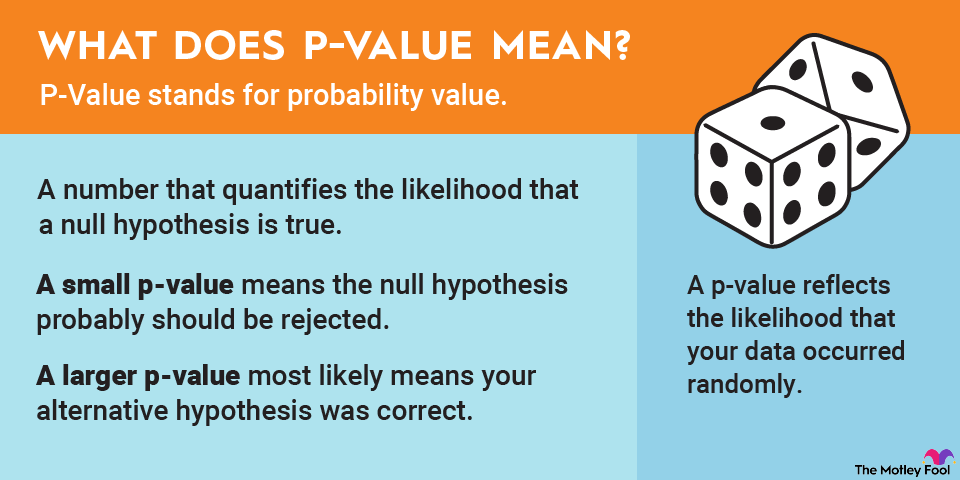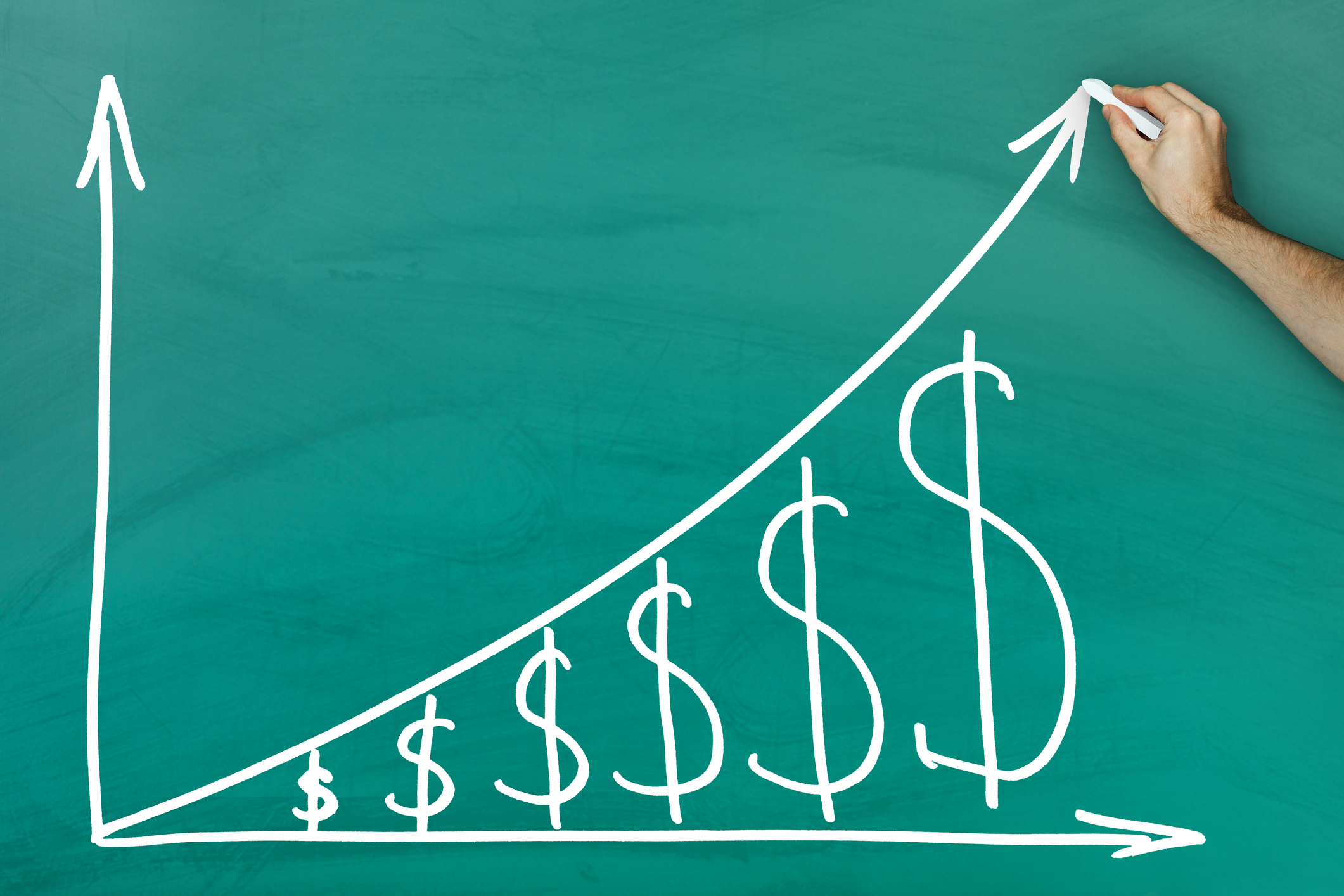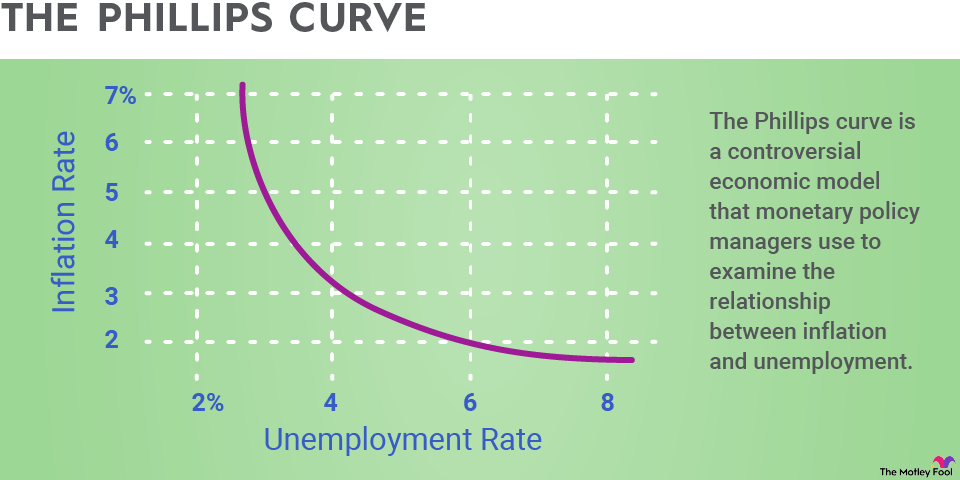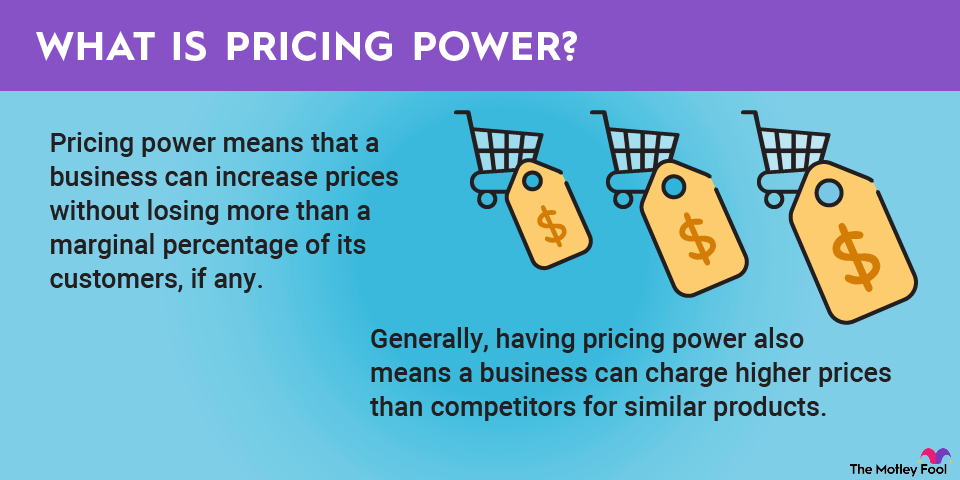Peer-to-peer lending is lending that is typically done online between two people. Instead of going to a bank, the borrower uses an online marketplace to quickly locate a lender and often with less paperwork.
Peer-to-peer lending started out as a personal unsecured (meaning no collateral) loan industry. It has evolved to include business loans, secured loans, and other kinds of niches. Let's go over what you need to know.

P2P lending for a lender
P2P lending can be an interesting investment for individual investors. The bond market is so saturated and rates are so low that it's rare to find an investment that yields more than 5% unless it's extremely risky.
Of course, P2P borrowers usually carry high levels of risk. They're often using P2P lending because they can't qualify at a traditional bank. We'll discuss more about the risk below.
P2P lenders find a marketplace they like, deposit the cash to invest, and start lending. Usually the marketplace will have you fill out your own application detailing the level of risk you're willing to take on and what types of loans you'd prefer to make.
From there, you log in, view available loans, and choose whether to invest. Some marketplaces will grade the loans by risk, but all of them should give you some level of information about the borrower. Some marketplaces also allow you to invest in a pool of similar loans.
How safe is peer-to-peer (P2P) lending?
Credit risk is the key factor for P2P lenders. As stated previously, many P2P borrowers couldn't qualify for a traditional bank loan and are turning to P2P lending as an alternative. That said, traditional banks aren't necessarily great at determining credit quality of an individual.
Bank credit standards have been mostly the same for the past 50 years. The underwriter checks debt and income, evaluates collateral, looks at the credit score and credit history, and then often makes a subjective decision.
Financial technology (fintech) companies are exploring alternative credit scores, grading loans based on unconventional criteria, and being more flexible with interest rate ranges to match credit risk.
Despite all of this, there will always be P2P loan defaults. Almost every type of loan product has credit risk and has to deal with defaults. The best way to mitigate risk in this type of fintech is with diversification. If you invest $50,000 into P2P lending, it's better to spread it across 10 borrowers who need $5,000 than to blow it all on one borrower. That way, if one defaults, you'll still be making money from the others.
Pros and cons of P2P lending
Let's take a look at the pros and cons from both the lender and borrower perspective:
Borrower
Pros:
- Interest rates: P2P lenders don't have the massive operating expense infrastructure many traditional banks do, so they don't have to charge high interest rates to cover overhead. However, some P2P marketplaces will determine interest rates based on risk, so borrowers with baggage will have to pay higher rates.
- Flexibility: Traditional banks have to put everything into a bucket. It's either an auto loan, a home equity line of credit, or a credit card account, etc. P2P lenders can be more flexible with what the loan proceeds will be used for, loan amounts, credit quality, and even speed of approval and access to cash.
Cons:
- Fees: Marketplaces make their money on the fees. Many have a sliding scale, but they're still generally higher than what you'd pay at a bank. Of course, many borrowers are happy to pay that fee in exchange for convenience, lower interest rates, or even approval.
- Overextending: Although traditional bank debt/income standards can seem antiquated, they do exist for a reason. If you qualify for a P2P loan that pushes your debt-to-income ratio to an unsustainable level, it isn't worth it.
Lender
Pros:
- Higher returns: P2P lending can allow individuals to build diversified portfolios of higher-interest-rate personal loans than they otherwise would be able to do.
- Impact: When you buy a bond or stock, you're doing it alongside many other people. When you make a P2P loan, you could be the reason a couple can afford infertility treatments or that someone can buy their first house or continue an expensive medical procedure.
Cons
- Credit risk: P2P borrowers are often unqualified for traditional loans and may have income or existing debt problems that cause them to default on loans.
- Lack of options: If you choose a smaller marketplace or have very high standards, you could face a dearth of potential investment options.
Related fintech stocks topics
What you can use a P2P loan for
P2P loan funds can be used for a variety of purposes. Some marketplaces will require disclosure of the use of funds in the application and then track their use to make sure the loan was used correctly. Here are a few common uses:
- Debt consolidation
- Education
- Real estate
- Medical expenses
- Business loans
- Miscellaneous major expenses
Where to get a P2P loan
Your best bet to find a good marketplace for a P2P loan is to start with a website that reviews your personal loan options. Each website caters to different types of borrowers, so this method is the best way to find one that works best for you.
Choose a few and go to their websites where you can then decide which has the easiest process, plus the best interest rate and fee structure.

